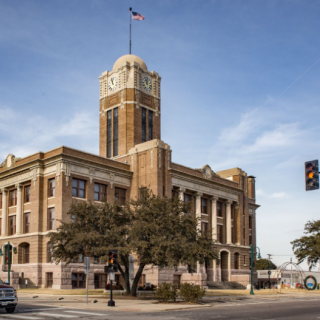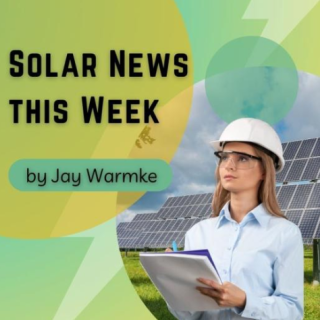On Wednesday, the Biden administration and a bipartisan group of U.S. Senators announced an agreement on details of a roughly $1 trillion infrastructure package, which includes $550 billion in new federal investments. Later in the day, the Senate voted 67-32 to proceed with debate on the bill. The bill’s “once-in-a-generation” investments would “enhance our competitiveness, create good jobs, and make our economy more sustainable, resilient, and just,” according to a White House statement.
The infrastructure deal is Track 1 of four legislative tracks with bills that could decisively shape the future of trains in the U.S. Find HSRA’s breakdown of all the train-related action in Congress here.
The infrastructure bill provides for the largest federal investment in public transit ever. It would do the same for Amtrak, positioning it to “play a central role in our transportation and economic future.”
Specifically, the $66 billion in passenger rail funding would go to these programs:
· NEC grants: $6 B
· Federal-State Partnership for State of Good Repair: $36 B, which includes:
· NEC Fed-State Partnership set-aside: $24 B
· Other corridors including HSR: $12 B
· Amtrak National Network grants: $16 B
· Consolidated Rail Infrastructure and Safety Improvement (CRISI): $5 B
· Railroad Crossing Elimination Program: $3 B
· Restoration and Enhancement Grants: $50 M
Additionally, the roads, bridges, and major projects section ($110 B total) has some programs which may be used for rail:
· RAISE (formerly BUILD): $7.5 B
· INFRA: $3.2 B
· Doubling Private Activity Bond (PAB) caps to $30 B (e.g. Brightline used PABs in FL)
Negotiators will continue to work on details this week. The Senate is in recess in August. The bipartisan agreement and Wednesday’s Senate vote suggest momentum for the bill’s passage. But the details—and the bill’s ultimate fate—remain uncertain. Final passage will require at least 60 votes, since the bill faces a filibuster by GOP Senators opposed to it. The House of Representatives must also approve it, and leadership there might insist on changes.
Please call and email your representatives right now and let them know you strongly support the funding for trains and transit in the infrastructure bill.
Although we applaud the Senate’s actions and the proposed investments in trains, much work remains to be done. Most immediately, the reconciliation bill being worked on separately by Democrats should include much more funding for high-speed rail. (That bill is Track 2 in the HSRA model.)
The U.S. High Speed Rail Coalition, which HSRA belongs to, is calling for $205 billion in investments in rail systems that run at 186 mph or more—the global standard for HSR.
Rep. Seth Moulton (D-MA) has introduced a bill in the House that would invest that amount over five years, and his bill could shape the debate over funding for trains in the reconciliation package. Moulton is part of a coalition of more than 80 lawmakers who support “transformational investments” in trains.
Again, please contact your representatives right now and let them know you support the maximum possible levels of funding for trains and transit in both the infrastructure and reconciliation bills being debated in Congress.



